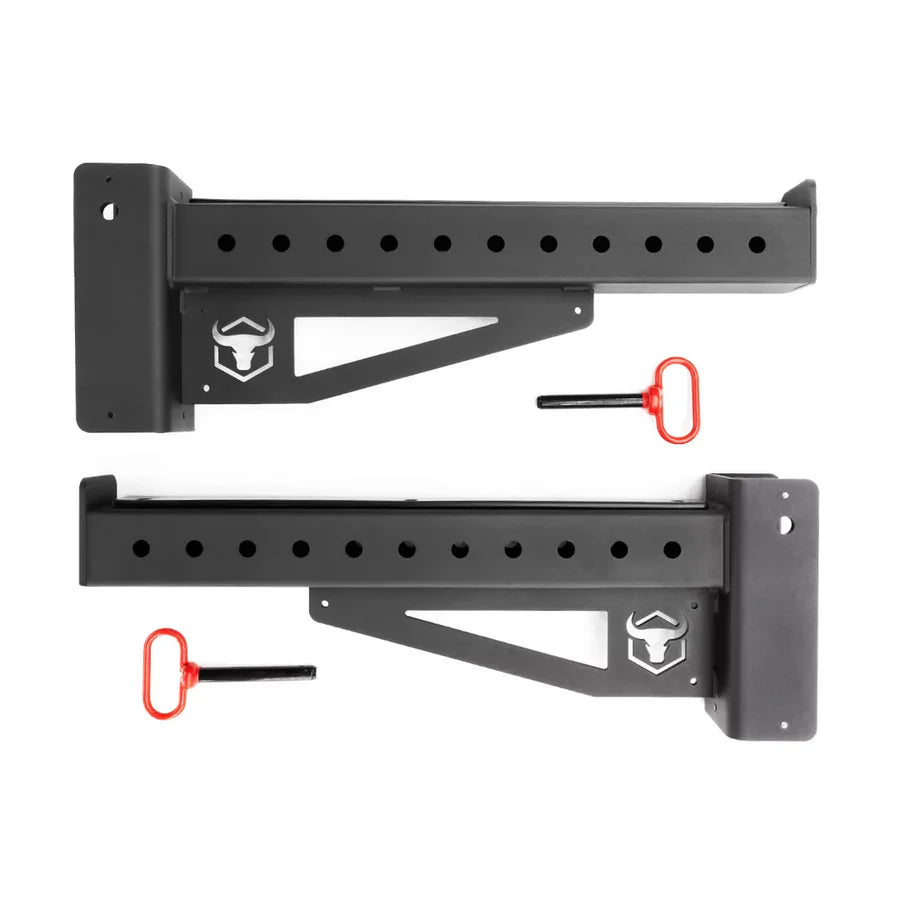Securing Your Squat or Power Rack: Bolted vs. Flat-Footed Designs Explained

Securing Your Squat Rack
When you're lifting heavy, safety is non-negotiable. An unstable rack can lead to accidents and injuries, especially during big lifts like squats and bench presses. You want to focus on your form, not worry about your rack tipping over.
Beyond safety, a stable rack boosts your performance. Knowing your rack won't budge lets you concentrate fully on your lifts. This confidence can improve your form and make your workouts more effective.
Plus, a secure rack means less wear and tear. Minimizing movement extends the lifespan of your equipment, saving you money in the long run. It's an investment that pays off over time.
Overview of Rack Designs
Bolted-down racks are exactly what they sound like. They're secured to the floor, providing rock-solid stability. You'll often find these in dedicated gym spaces or commercial settings where permanence is key.
Flat-footed racks, on the other hand, achieve stability without bolts. They're designed to stay put on their own, making them practical for home gyms and multi-purpose spaces where you might not want to drill into the floor.

Bolted-Down Racks: Pros and Cons
The main advantage of bolted-down racks is maximum stability. They're perfect for heavy lifting and serious strength training. If you have a dedicated gym space or a commercial setting, these are a solid choice.
However, they do require permanent alterations to your floor, which isn't ideal for everyone. If you're renting or have restrictive building regulations, this might not be the best option. Plus, they're not easy to move if you want to reconfigure your gym.

Flat-Footed Racks: Pros and Cons
Flat-footed racks don't need drilling or permanent installation, which is a big plus. They're easy to move and reposition, making them great for multi-purpose spaces and home gyms.
On the downside, they might need extra stabilization for very heavy lifts. There's also the potential for slight movement under maximal loads, so keep that in mind if you're lifting really heavy.
Key Factors to Consider When Choosing
Your training goals are a big factor. Think about the type of exercises and weights you plan to use. Consider your future progression and how much weight you'll be lifting down the line.
Space availability matters too. Do you have a dedicated gym area, or are you working with shared living spaces? Check the floor type and structural integrity as well.
Consider your installation preferences. Are you willing and able to modify your floor? Make sure you're compliant with rental agreements or building codes if needed.
Budget constraints are another consideration. There are cost differences between rack types and installation. Think about whether you're making a long-term investment or meeting short-term needs.
Finally, think about your mobility needs. Do you need to move equipment for space optimization?
If you're debating whether bolting down your power rack is the right move, our article ‘Do Power Racks Need to Be Bolted Down? Key Factors to Consider’ explain more in details when bolting is essential.
Expert Recommendations
If you're a powerlifter with a permanent setup and do not wish to worry about not dropping heavy weights on the safety bars, consider bolted-down racks. We offer models that cater to serious athletes, with features designed for maximum stability.
For those who decide on a bolted-down rack and need guidance on installation, check out our step-by-step guide on ‘How to Bolt a Squat Rack or Power Rack to the Floor’.
For flexible spaces, flat-footed racks are a great choice. They're easy to set up and versatile, perfect for home gyms or multi-purpose areas. Browse our extensive home gym fitness equipment selection.


